For the last year, RAW has been steadily dropping SKUs for its Essential line. This collection of supplements is intended to do exactly what it says: provide the essentials. See, in most formulas, it's a few ingredients pulling the majority of the weight – this can be thought of as the supplement industry version of the 80/20 rule.
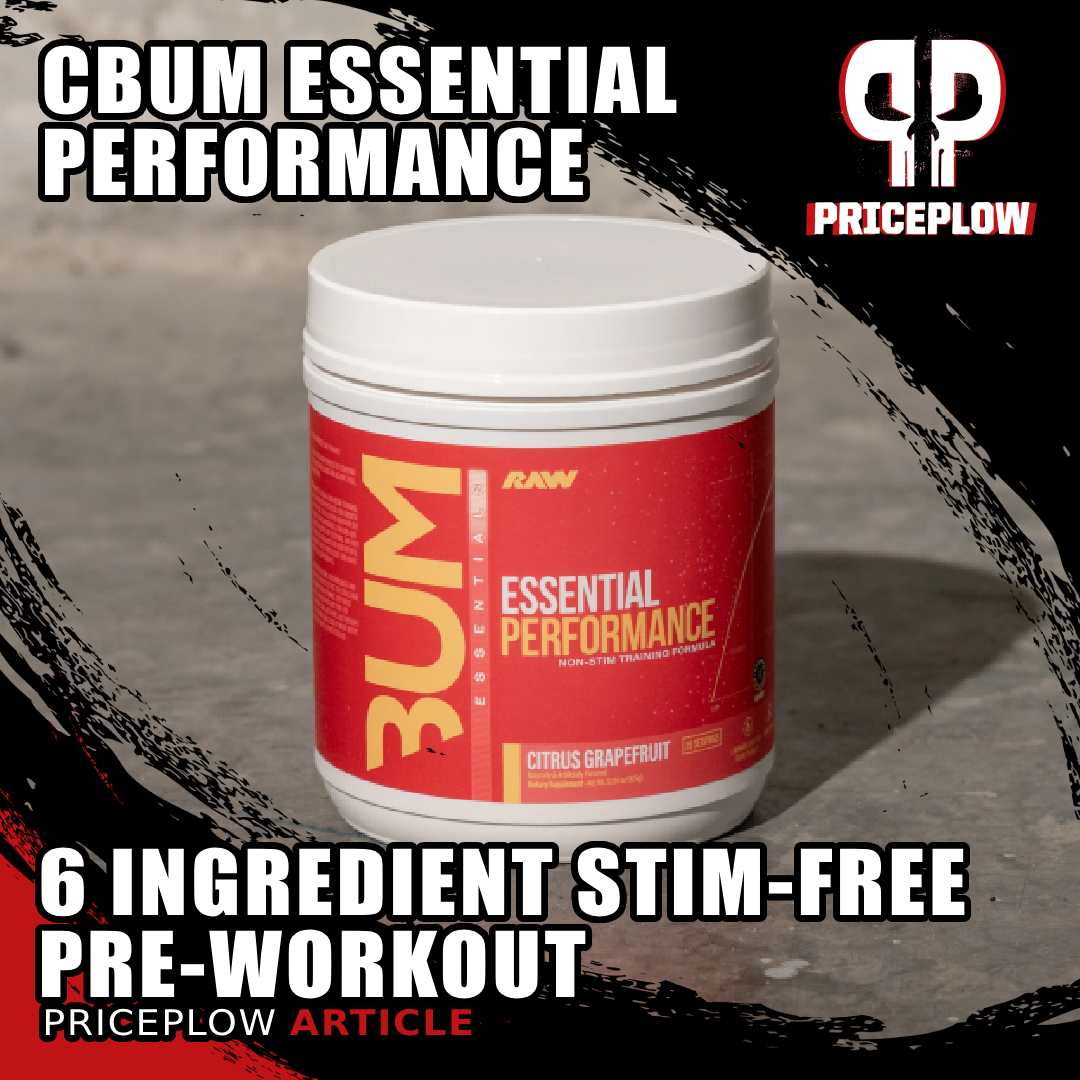
CBUM Essential Performance is a no-fluff, 6-ingredient, stim-free pre-workout designed to boost performance and recovery. With key ingredients like citrulline, creatine, and beta alanine, it focuses on getting results without unnecessary extras.
Take a pre-workout, for example. You have some citrulline, beta alanine, and caffeine producing most of the results, but they're accompanied by a dozen other ingredients that don't make a huge difference. In other words, you've got fluff – fluff that costs you money. Even worse, sometimes you have some ingredients in there that produce a negative effect for you.
This is why CBUM Essential Pre was released. Made with just 6 active ingredients, it has everything you need to spark a killer workout, and none of the fluff.
The latest Essential product is called Essential Performance, and its focus is on – you guessed it – boosting performance metrics in the gym.
CBUM Essential Performance
CBUM Essential Performance has just five ingredients: citrulline, creatine, beta alanine, betaine, and tyrosine – no frills, no stims, just raw performance improvement. Overall, the formula is a worthy addition to the lineup that until now consisted of Essential Pre, Essential Charged, and Essential Pump.
We're going to dive into how CBUM Essential Performance works, but first, let's check PricePlow for good CBUM deals, and check out our video review of the new formula:
RAW Nutrition CBUM Essential Performance – Deals and Price Drop Alerts
Get Price Alerts
No spam, no scams.
Disclosure: PricePlow relies on pricing from stores with which we have a business relationship. We work hard to keep pricing current, but you may find a better offer.
Posts are sponsored in part by the retailers and/or brands listed on this page.
CBUM Essential Performance – How It Works
-
L-Citrulline (6g)
Citrulline is a conditionally essential amino acid widely used in the supplement industry for boosting nitric oxide (NO) production,[1] which improves blood circulation and athletic performance. Although the body produces citrulline, supplementation can be beneficial, especially during physical stress, like intense exercise.
Once ingested, citrulline converts into arginine, which then generates NO. Unlike arginine, citrulline is better absorbed by the body. Increased NO causes blood vessels to widen, enhancing blood flow, lowering heart rate, and improving the delivery of nutrients to cells, which supports muscle function and boosts recovery.[2-4] Research shows citrulline can enhance power output, endurance, and recovery while reducing muscle soreness.[5-10]
-
Creatine Monohydrate (5g)
Creatine is a thoroughly-researched ingredient known to improve athletic and mental performance by boosting adenosine triphosphate (ATP) production. Creatine is crucial for supporting muscle contraction, energy production, and cognition, especially during intense exercise.[11-13]
Creatine supplementation has been widely studied and linked to increases in strength, endurance, and lean muscle mass, with performance improvements ranging from 5% to 15%.[15-22] It's particularly beneficial for individuals who may not get enough creatine from dietary sources like red meat, which is common for the average American. In addition to its physical benefits, creatine has also shown promise in supporting cognitive function, particularly in individuals with low meat intake.[23,24]
-
Beta Alanine (3.2g)
Beta-alanine is a well-established ergogenic aid commonly found in pre-workout supplements due to its ability to enhance athletic performance. It works by combining with the amino acid L-histidine to form carnosine, a dipeptide that helps reduce lactic acid buildup in muscles, delaying fatigue and improving endurance.[25] While carnosine itself is not efficiently absorbed, beta-alanine is bioavailable and acts as a limiting factor for carnosine production in the body,[26,27] making beta-alanine supplementation an effective strategy for increasing carnosine levels.
Research supports beta-alanine's role in boosting endurance during moderate to high-intensity exercise lasting between 30 seconds and 10 minutes. Meta-analyses of over 40 studies have consistently shown beta-alanine's effectiveness in this regard.[25-33]
-
Betaine Anhydrous (2.5g)
Betaine, also known as trimethylglycine (TMG), increases ATP production,[34] similar to creatine, but through a different mechanism—by donating methyl groups rather than phosphate groups. This methylation process is vital for many metabolic activities in the body.
Betaine also acts as an osmolyte, promoting cellular hydration, which strengthens cells, improves nutrient delivery, and enhances resilience to heat stress. Research has shown that betaine supplementation can improve strength, power, and body composition,[35-41] with one study demonstrating significant muscle gain and fat loss over a 1.5-month period with 2,500 mg daily.[35,36]
Additionally, betaine's role in methylation helps regulate homocysteine levels,[42] which is important for cardiovascular health, as high homocysteine is linked to arterial calcification and other cardiovascular issues.[43]
-
L-Tyrosine (2g)
L-tyrosine is a valuable pre-workout ingredient for its support of thyroid function, neurotransmitter production, and its ability to enhance performance under sleep deprivation. As a precursor to the thyroid hormones T3 and T4,[44,45] tyrosine plays a crucial role in maintaining healthy thyroid function, which can be stressed by intense exercise and caloric restriction common among weightlifters and athletes. When workouts become more demanding and diets stricter, the thyroid may struggle, and supplementation with tyrosine can provide the necessary support to maintain optimal thyroid health.
Additionally, L-tyrosine boosts the production of key neurotransmitters such as dopamine, adrenaline, and noradrenaline,[46-48] which improve focus, motivation, and fat burning during workouts.[49] This makes it especially beneficial for enhancing mental clarity and physical performance. Moreover, tyrosine has been shown to support alertness and cognitive function in sleep-deprived individuals.[50,51]
All CBUM Essential Performance Flavors
Check out our up-to-date list of CBUM Essential Performance below:
A New Stimulant-Free Pre-Workout from Raw
CBUM Essential Performance focuses strictly on boosting performance and recovery. You have citrulline for a good pump, creatine for recovery and strength (and many other things), beta alanine for endurance, betaine for cellular hydration, and tyrosine for neurotransmitter production and thyroid support. What more could you need?
RAW Nutrition CBUM Essential Performance – Deals and Price Drop Alerts
Get Price Alerts
No spam, no scams.
Disclosure: PricePlow relies on pricing from stores with which we have a business relationship. We work hard to keep pricing current, but you may find a better offer.
Posts are sponsored in part by the retailers and/or brands listed on this page.
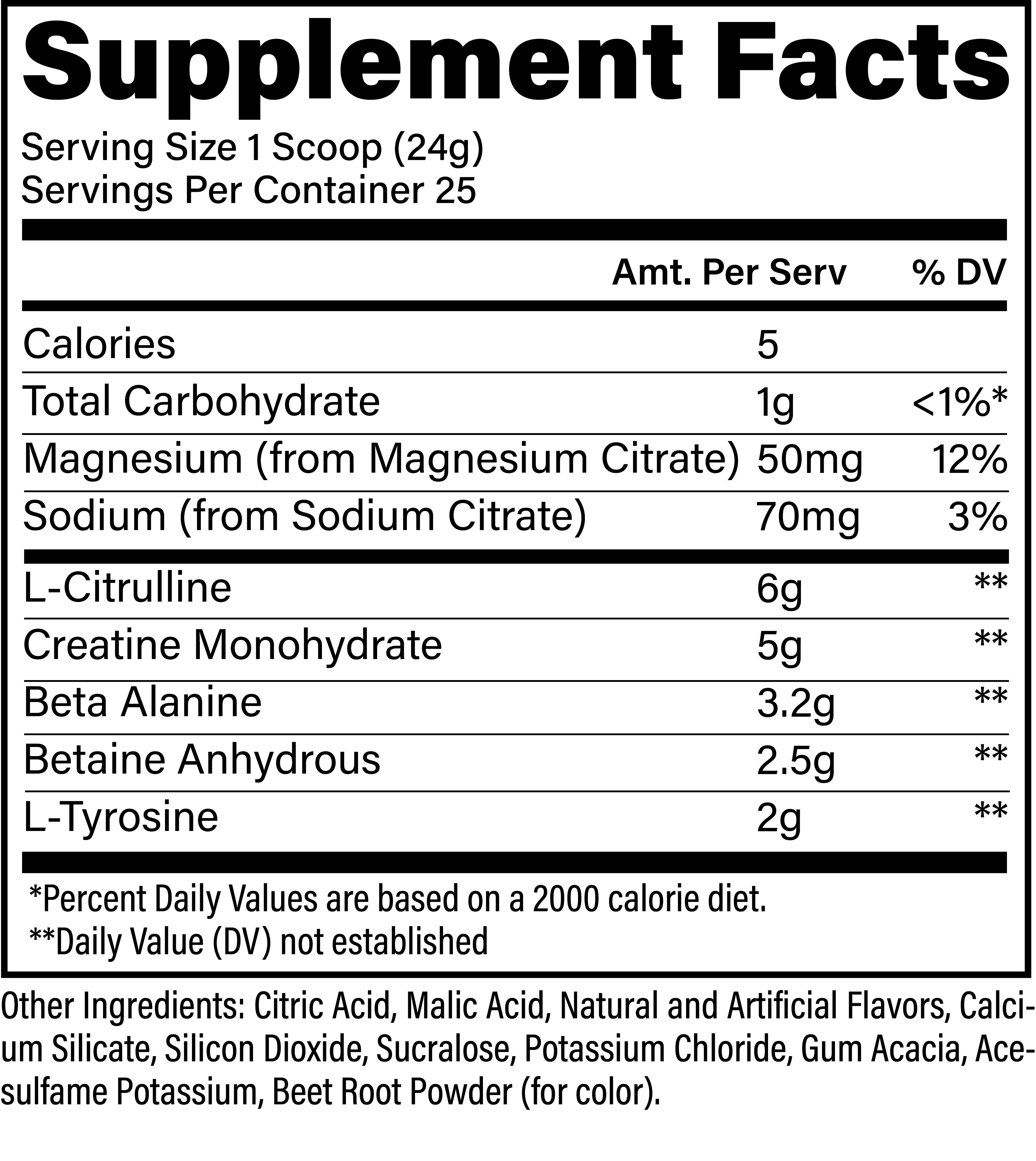
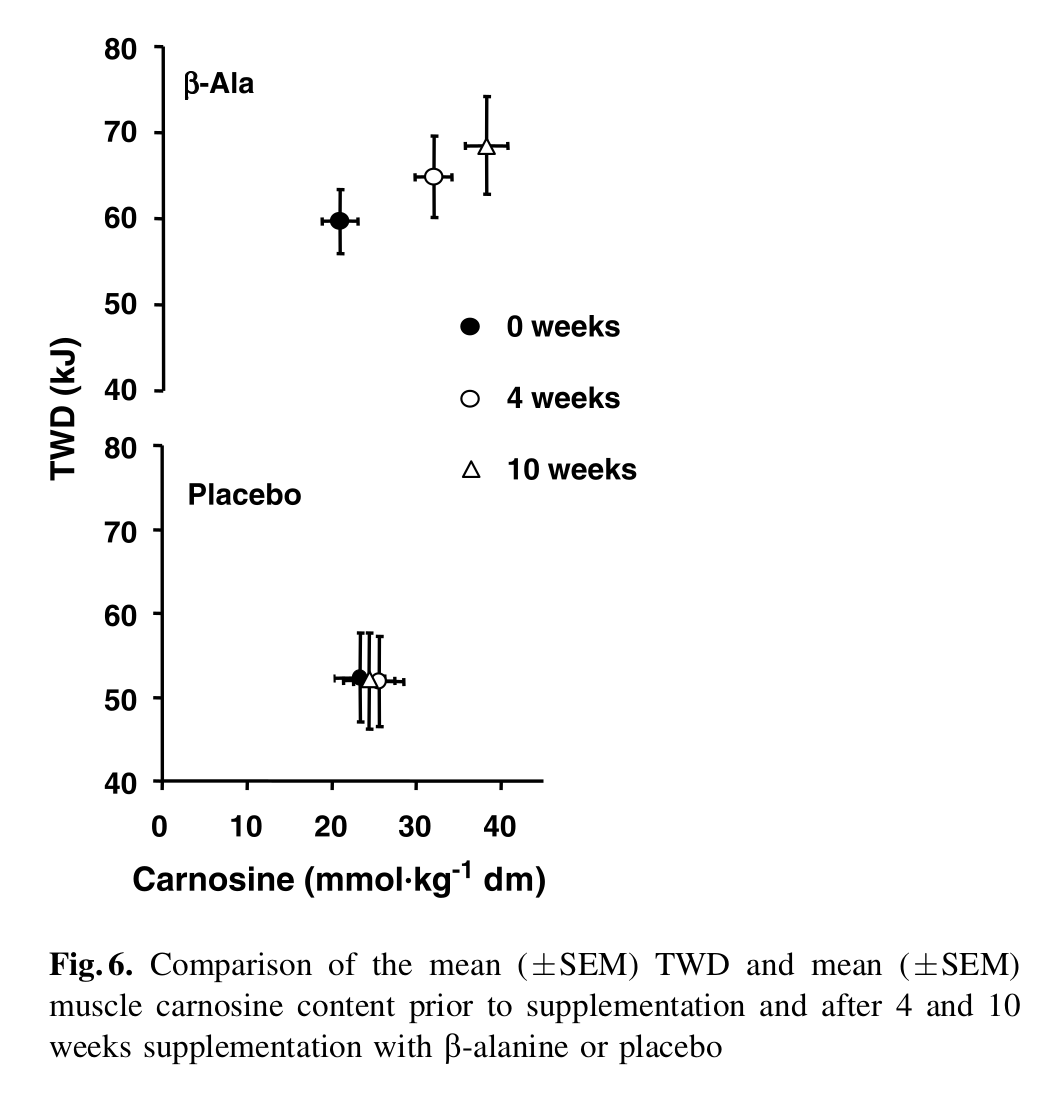
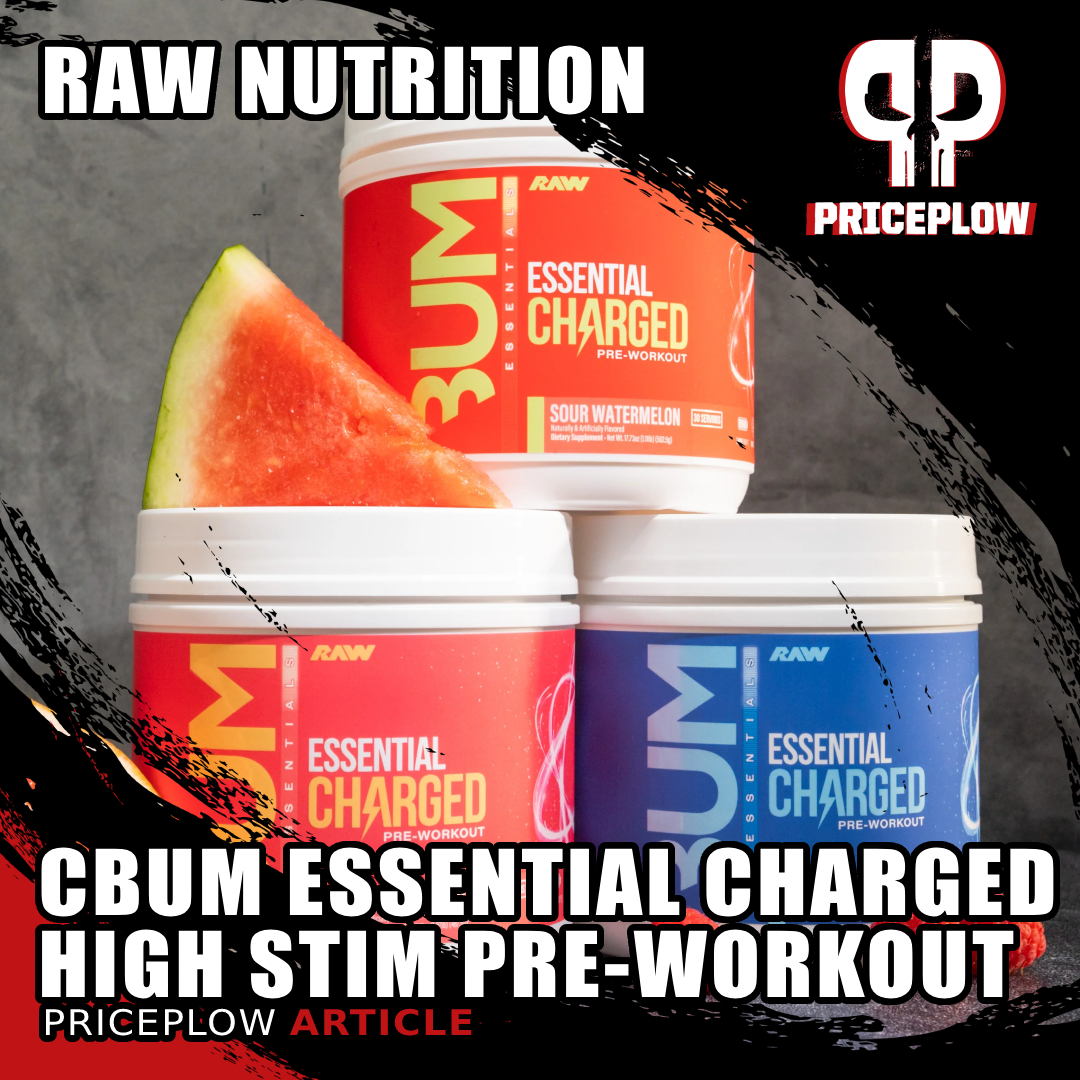
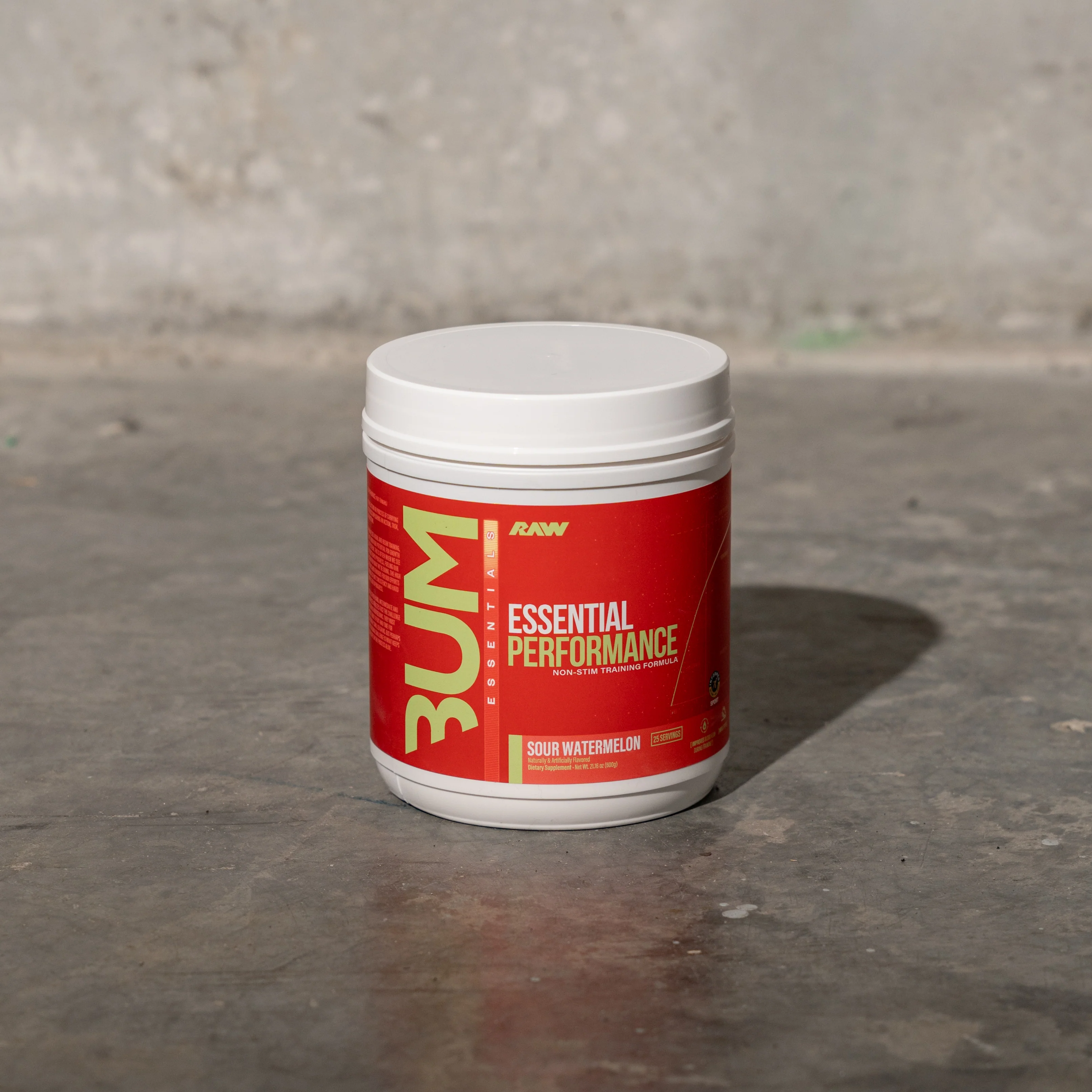



Comments and Discussion (Powered by the PricePlow Forum)